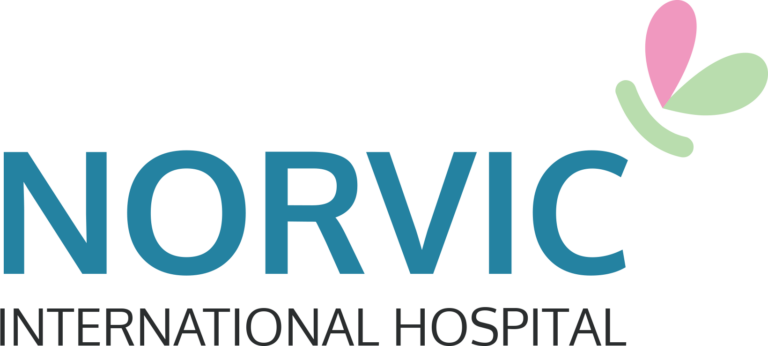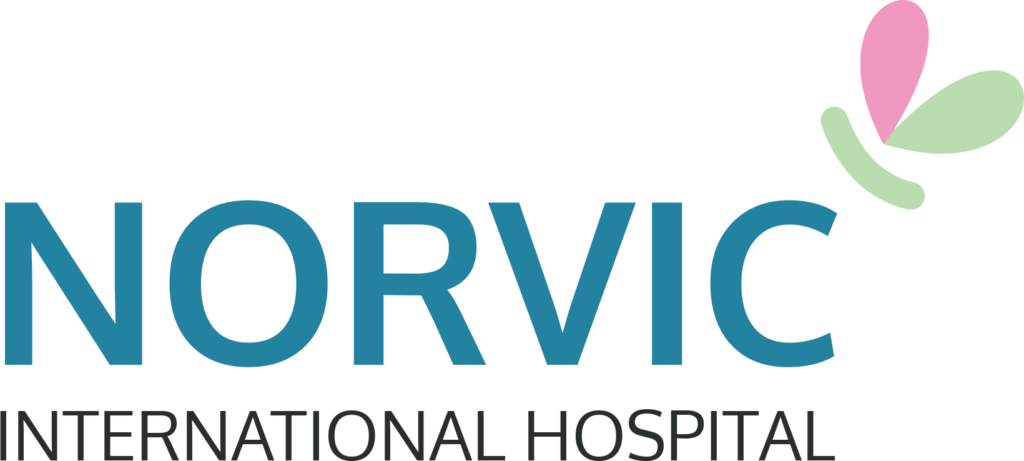Everything About Work-related Musculoskeletal Disorder (WRMD)
The World Health Organization (WHO) expresses occupational health as all aspects of health and safety in the workspace. It also has a strong focus on primary prevention of hazards. Workers’ health has several determinants which includes several risk factors at the workspace leading to cancers, accidents, musculoskeletal diseases, respiratory diseases, stress-related disorders and more. To deal with such problems, everyone needs the best physiotherapist in Kathmandu Valley and Nepal as a whole.
As per a case study conducted from February – March 2015 in the Kathmandu Valley, it was found that almost 90.5% Farmers in the Valley were featuring musculoskeletal symptoms. Similarly, Garment workers also suffer through lower back, neck pain, vertigo, anemia and other problems related to Work-related Musculoskeletal Disorder in Kathmandu, Nepal.
Today, the rise of Desk working culture in Kathmandu Valley has also led to an increase in Work-related Musculoskeletal Disorder in many people. While there aren’t many farmers left in Kathmandu Valley when compared to old times, the number of desk workers and garment workers have increased dramatically over these past years.
Therefore, providing best physiotherapy in Kathmandu has been a must thing and the government should look forward to increasing the number of physiotherapists in Kathmandu, Nepal. If neglected, the very scenario can get worse and the count can increase drastically as the time passes by.
What is Work-related Musculoskeletal Disorder (WRMD)?
The pain and discomfort associated with muscles and joints which is mostly work-related are known as a work-related musculoskeletal disorder. The most common WRMD is Back pain, Neck pain, Shoulder pain and Foot pain. The awkward positions obtained during working hours cause pain leading to WRMD.
Currently, WRMD is listed as one of the major causes of disability in the global burden of disease. It is recognized as a common yet a very costly problem worldwide. Recently, WRMD has had a profound global impact both in terms of morbidity as well as mortality.
You may be wondering, what kind of work and workers are mainly prone to Work-related Musculoskeletal Disorder. The most common occupation that is prone to WRMD are:
- IT workers
- Health Professionals (Surgeons, Nurses, Lab technologists)
- Bank workers
- Factory workers and laborers
- Traffic Police Offers
IT workers and Bank workers are full-time desk workers while Health Professionals practise a sort of mixed desk and standing work. Similarly, Traffic Police Officers, Factory workers and laborers are full-time standing workers and require high physical activity thereby giving more tension and stress to muscle that ultimately leads to Work-Related Musculoskeletal Disorder.
Preventive measures for WRMD
Work-Related Musculoskeletal Disorder isn’t unpreventable but rather there are some ways that can prevent everyone from it. Some of the Preventive measures for WRMD are:
- Ergonomics (Proper lifting, handling and sitting techniques)
- Short break exercises
- Avoid prolonged sitting and standing
- Good working environment
The first point is Ergonomics that includes Proper lifting, handling and sitting techniques. Lifting heavy weight properly, and sitting in a proper posture is one of the main keys to prevent WRMD. However, short break exercises can be the most fruitful measures. Avoiding prolonged sitting and standing as well as establishing a good working environment can also help in preventing WRMD.
Sikha Pudasaini
Clinical Physiotherapist
Norvic International Hospital
Best Physiotherapist in Kathmandu, Nepal
Even if there are ways to prevent it, it just isn’t enough for many people out there and they end up with WRMD. If you are one of them and seeking a consultation then Norvic International Hospital is the place for you as it hosts some of the Best Physiotherapists in Kathmandu renowned for their exceptional expertise in WRMD.
According to a study published on ScienceDirect, a countrywide survey was conducted in Nepal which showed an incidence of self-reported musculoskeletal disease of 14.8% with an unmet need of 60%. Furthermore, the report clearly states that there are approximately 2.35 million people living with work-related musculoskeletal disease in Nepal.
Likewise, the scenario of Physiotherapy in Kathmandu isn’t as good as other countries but Norvic International Hospital has stepped up to provide and improve the situation of Physiotherapy in Kathmandu, Nepal.
These are the List of Best Physiotherapist in Kathmandu currently serving under the same roof of Norvic International Hospital. If you want to meet any of these Physiotherapist for a consultation then you can simply walk-in to Norvic International Hospital or call at 01-5970032 to Book an Appointment.


